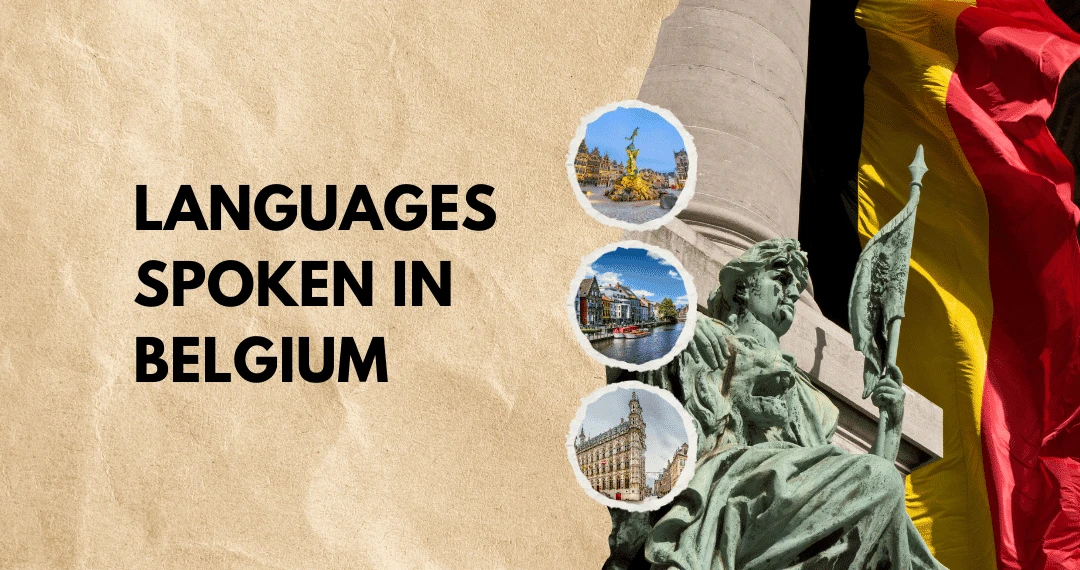Belgium is a Western European country bordered by France, the Netherlands, Germany, Luxembourg, and the North Sea. It has a population of approximately 11.5 million people and covers an area of about 30,500 square kilometers.
The country is divided into three regions: Flanders in the north, Wallonia in the south, and the Brussels-Capital Region in the center. It is also renowned for its culinary excellence, producing over 220,000 tons of chocolate each year and offering more than 1,000 distinct varieties of beer, many brewed using traditional methods passed down through generations.

Though relatively small in area, the country’s long history of trade, migration, and cultural exchange has shaped it into a multilingual nation, reflecting the depth and diversity of its regional identities.
Have you thought about the languages spoken in Belgium? Keep reading to learn about the official and foreign languages spoken in the country.
The History of Belgium
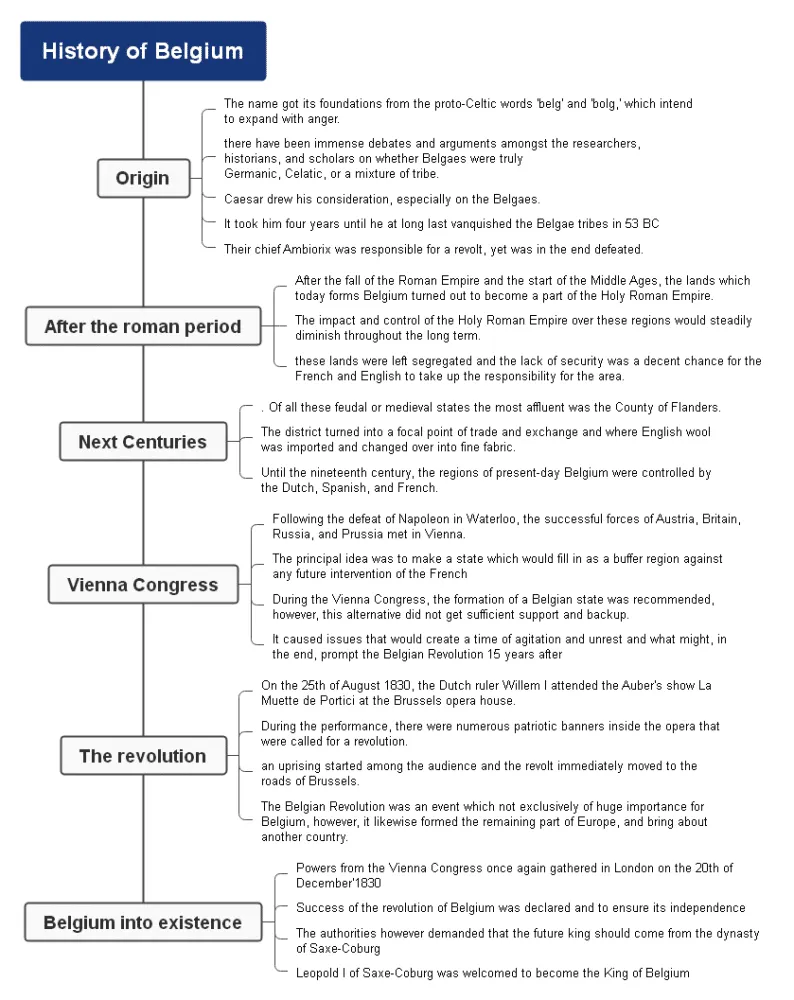
Belgium became an independent nation in 1830, following the Belgian Revolution, which led to its separation from the United Kingdom of the Netherlands. The revolution was driven by religious, linguistic, and political tensions, particularly between the predominantly Catholic southern provinces (modern-day Belgium) and the Protestant Dutch north.
Belgium’s independence was formally recognized at the London Conference of 1831, and Leopold I became the first King of the Belgians, establishing a constitutional monarchy that continues to this day. Throughout its earlier history, the territory had been ruled by various major powers, including the Roman Empire, the Spanish and Austrian Habsburgs, and Napoleonic France—each leaving a distinct cultural and political imprint.
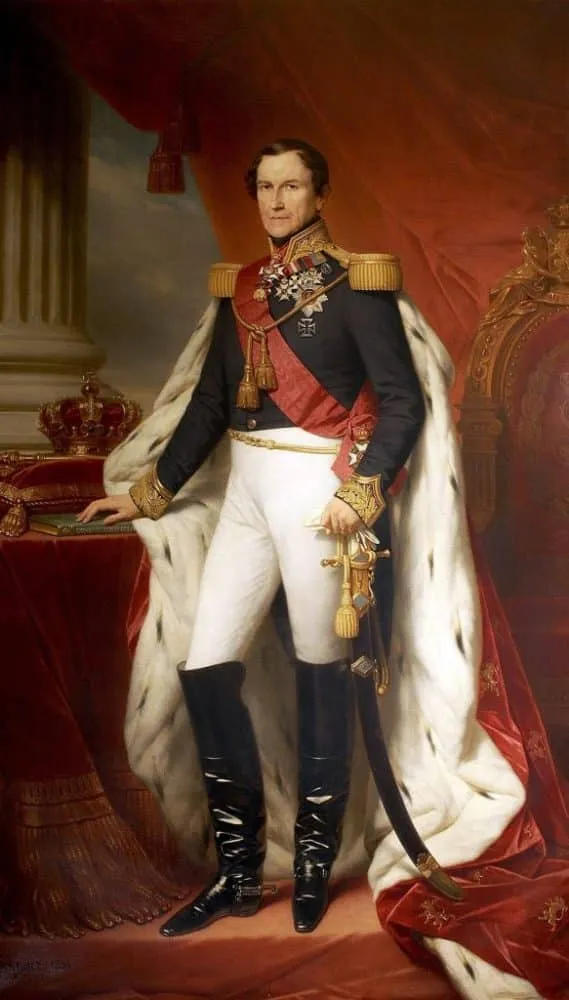
King Leopold 1, the first king of the Belgians
After gaining independence, Belgium rapidly industrialized, becoming one of the first countries on the European continent to do so. The Sillon industriel, a region in Wallonia, became the heart of the country’s industrial development, known for its coal mines, steel production, and textile industry. This economic transformation helped position Belgium as a modern and influential state in the 19th century.
Despite periods of political and social tension, the country laid the foundations for a stable constitutional democracy and a growing international presence.
What languages do they speak in Belgium?
Belgium is a multilingual country with three official languages: Dutch, French, and German. The use of these languages reflects the country’s regional and cultural diversity, and each is primarily spoken in a specific part of the country.

1: Flanders – Dutch
Dutch, often referred to as Flemish in Belgium, is the native language of approximately 60% of the Belgian population. It is predominantly spoken in the northern region of Flanders, which includes provinces such as Antwerp, East Flanders, West Flanders, Limburg, and Flemish Brabant.
Belgian Dutch differs from the Dutch spoken in the Netherlands, especially in pronunciation, vocabulary, and some expressions.
2: Wallonia – French
French is spoken in Wallonia, which is located in the southern part of Belgium, and is also widely spoken in Brussels. Belgian French is nearly identical to the one spoken in France, with only minor regional distinctions. It is the principal language used in public administration, education, and the media, and it holds considerable cultural and historical significance in the region.
3: Liege – German
German is spoken in a small region in eastern Belgium consisting of nine municipalities in the province of Liège, near the border with Germany. This community comprises roughly 1% of the Belgian population and has its own parliament and government, granting it cultural and administrative autonomy.
Also read: Germanic Languages: Origin, Similarities & Differences
What are the Foreign Languages Spoken in Belgium?
Belgium’s multilingual society includes several widely spoken foreign languages, mainly due to its international role in trade, immigration, and education.
1: English
English is widely spoken in Belgium, particularly among younger generations and professionals. Over half the population is estimated to have a working knowledge of the language.
It is commonly used in education, business, and international communication. Its widespread use reflects Belgium’s global orientation and multilingual society.
2: Spanish
Spanish has gained considerable presence in Belgium due to long-standing migration from Spain and Latin America. An estimated 150,000 to 200,000 people use Spanish, marking its growing influence within Belgium’s multicultural population.
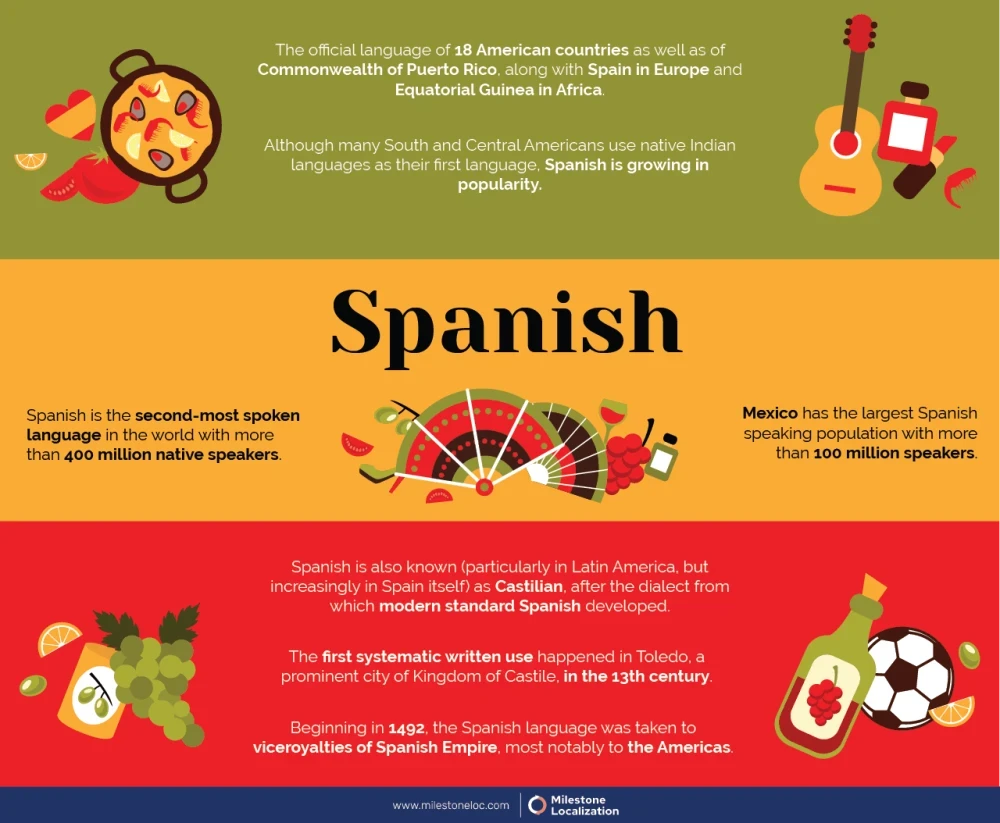
3: Italian
Around 300,000 people in Belgium speak Italian, many of whom are descendants of post-war labor migrants. It holds a strong presence in both private and public spheres, and remains as a key part of Belgium’s immigrant heritage
4: Arabic
Arabic holds a strong position among the foreign languages spoken in Belgium, largely due to migration from North Africa. With around 400,000 speakers, it plays a central role in shaping the country’s linguistic and cultural diversity.

5: Turkish
Turkish is commonly spoken in Belgium due to labour migration that started in the 1960s. Approximately 250,000 people speak Turkish, highlighting its enduring importance in Belgian society.
6: Luxembourgish
Luxembourgish is spoken by a small community in southeastern Belgium, where it maintains minority language status. With fewer than 30,000 speakers, it reflects the region’s cultural and historical ties to the neighbouring Grand Duchy of Luxembourg.
Reliable Language Translation Services
What are the languages spoken in Brussels?
Brussels, the capital of Belgium and the administrative center of the European Union, is one of Europe’s most linguistically diverse cities. Its official languages are French and Dutch, with over 80% of the population primarily speaking French and 10% to 15% using Dutch.
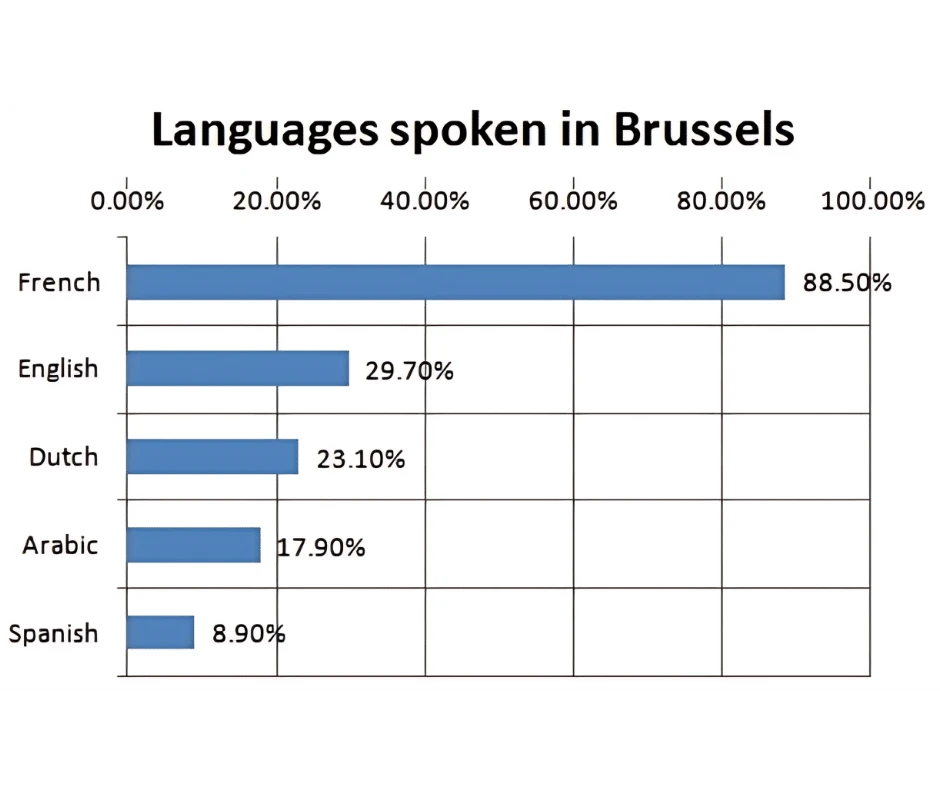
The city’s multicultural population also brings a strong presence of other languages, including Arabic, Turkish, Spanish, and Italian. This blend of languages reflects Brussels’ global character and its role as a hub of international cooperation and migration.
Is English spoken in Belgium?
In Belgium, the use of English has grown significantly over the past decade, becoming common across different regions, especially in urban centers like Brussels and Antwerp.

According to recent Eurobarometer data, over 50% of Belgians can hold a conversation in English, making it the most widely spoken foreign language in the country.
The language is valued as a practical tool for communication in Belgium’s multilingual society, and its importance is expected to continue rising.
Language of business in Belgium
The linguistic landscape of business in Belgium is shaped by the country’s regional diversity and strong international connections.
According to the Belgian Federal Public Service, Dutch and French are the most commonly used languages in domestic business transactions, while English is dominant in international business contexts. .A survey reports that over 50% of Belgians use at least one foreign language professionally, with English being the most frequent choice.
Language of education in Belgium
The language of education in Belgium is determined by the country’s federal structure and linguistic regions. The education system is divided among three language communities: the Flemish, French, and German-speaking communities. Each community manages its own schools, curricula, and language policies.
In Belgium, foreign languages act as a core part of the curriculum, with English commonly introduced from an early stage. The country emphasizes language learning to help students develop strong multilingual skills, which helps them prepare for both domestic and international opportunities.
The Growing Importance of Multilingualism in Belgium
Belgium presents a unique linguistic landscape, influenced by its diverse population and long-standing multicultural traditions.

As the country’s population has become culturally diverse, the presence of foreign languages continues to grow. The government actively promotes multilingualism through regional policies and a strong emphasis on language education. In 2019, Brussels appointed its first Minister for Multilingualism to encourage language diversity in public services and education.
The Brussels Council for Multilingualism has also proposed including English in official communications alongside Dutch and French. Additionally, Universities like Vrije Universiteit Brussel (VUB) support this effort by offering targeted language courses such as legal French
Efforts to preserve linguistic balance, particularly between Dutch and French, are central to Belgium’s approach. Widely seen as a successful model for managing linguistic diversity, the country demonstrates how multilingualism can foster national unity while respecting cultural and regional identities.
How companies can benefit from translation agencies in Belgium
Belgium’s rich linguistic diversity has created a growing demand for content in both local and international languages. As a result, translation and localization companies have seen steady growth, serving both national and international markets.
Milestone Localization is one such company that supports organizations across Belgium and around the world with professional translation and localization services. Known for its focus on quality, accuracy, and reliability, the company helps businesses navigate language barriers and communicate effectively with global audiences. With a strong emphasis on cultural understanding and linguistic precision, they have become a trusted partner for companies expanding into international markets.
Conclusion
Belgium stands as a distinctive example of a nation shaped by rich cultural and regional diversity. With three official languages—Dutch, French, and German, and a growing presence of immigrant languages such as Arabic, Turkish, and Spanish, the country represents a mosaic of linguistic and cultural influences.
These languages serve as a powerful tool for bridging communities, fostering inclusion, and enriching the nation’s social and cultural life. This multilingualism not only reflects Belgium’s complex regional makeup but also highlights its role as a crossroads of Europe.
Are You Looking for professional Translation Services in Belgium?
FAQS
What are the official languages of Belgium?
Belgium officially recognizes three languages: Dutch, French, and German, reflecting its linguistic diversity. These languages correspond to different regions—Dutch in Flanders, French in Wallonia and Brussels, and German in a small eastern community.
Which language is the most widely spoken in Belgium?
Dutch is the most spoken native language, used by about 55-60% of Belgians, mainly in the Flanders region. The Dutch spoken here, called Flemish, includes several dialects and dominates local media and education.
What percentage of Belgians speak French and where is it primarily spoken?
Around 36-40% of Belgians speak French, primarily in Wallonia and the bilingual Brussels region. French is widely used in government, education, and business within these areas.
How prevalent is German in Belgium?
German is spoken by less than 1% of the population, mainly in the German-speaking Community in eastern Belgium. This region has local autonomy and uses German in schools and administrative matters.
Is English commonly spoken in Belgium?
English is widely spoken, especially among younger people and urban populations, with nearly half of Belgians having good English skills. This trend is supported by education policies and Belgium’s international business environment.
Are there regional dialects or variations within the main languages of Belgium?
Yes, Flemish Dutch has several dialects such as West Flemish and Brabantian, differing from standard Dutch in pronunciation and vocabulary. Belgian French also features unique accents and idiomatic expressions not found in French spoken in France.

